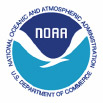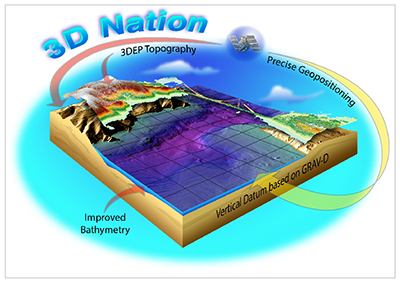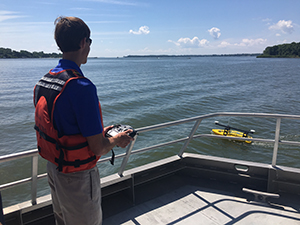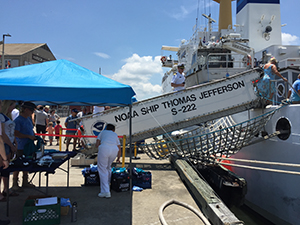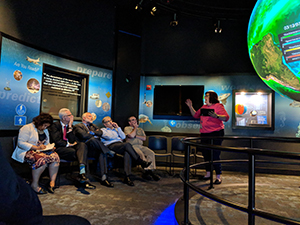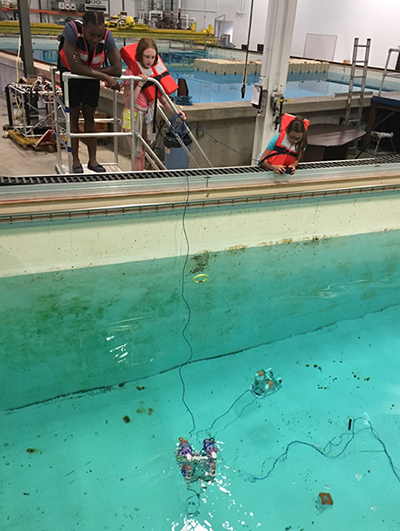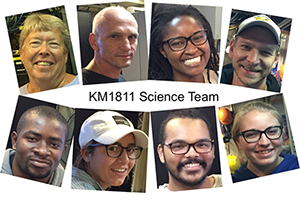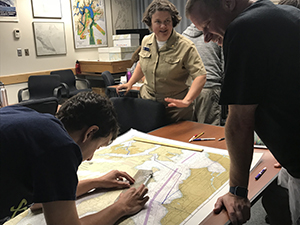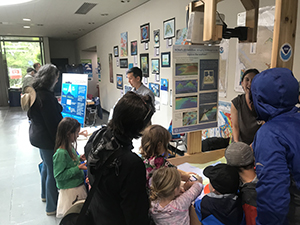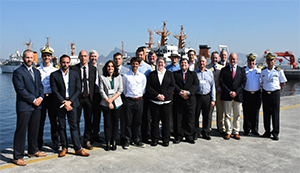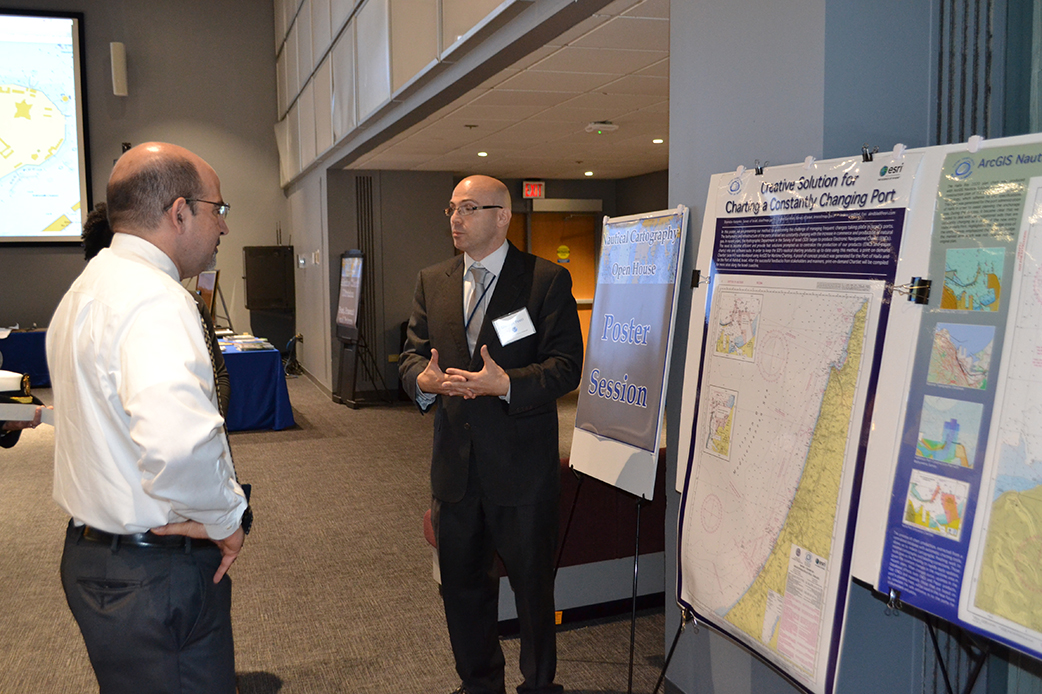IHO’s Project Team on Standards for Hydrographic Surveys (HSPT) recently met in Niteroi, Brazil, to continue working on a revised edition of S-44. The S-44 publication is designed to provide a set of standards for the execution of hydrographic surveys for the collection of data, which will primarily be used to compile navigational charts for the safety of surface navigation and the protection of the marine environment.
, Coast Survey's technical director, continues to represent NOAA while the HSPT team works on delivering the 6th edition of S-44 in early 2019. For more information contact
.
NOAA Ships, Navigation Response Teams and Contractor Operations
Weekly Hydro Ship Activity Report - July 8 - 14, 2018
NRT 1 - Team is performing vehicle and trailer maintenance as well as maintenance and testing of Z-Boat unmanned systems.
NRT 2 - Team is conducting survey operations in Sand Shoal Inlet, Virginia, per U.S. Coast Guard request.
NRT 3 - Team is performing vehicle and trailer maintenance.
NRT 4 - Team is repairing boat and installing a new computer.
NRT 5 - Team is repairing trailer and then surveying the Hudson River.
Bay Hydro II -
Bay Hydro II is processing Crisfield and Vicinity, Maryland and Virginia, data and conducting outreach with the crowdsourced bathymetry team.
Staff Updates
Marine Chart Division (MCD) welcomes
Ben Galdi to the federal workforce. Ben graduated from Salisbury University in 2009 with a degree in geography, specializing in GIS, and more recently obtained a master's degree from University of Maryland University College focusing on database systems. Prior to Coast Survey, Ben worked with a wide variety of GIS data as a contractor for the Census Bureau and Leidos. He has been a contractor for almost three years in Coast Survey, maintaining the historical map and chart collection and working extensively with the Nautical Data Branch.
MCD welcomes
Thomas Mourtoupalas to the federal workforce. Thomas graduated from the University of Maryland with a bachelor's degree in geography and a minor in GIS. Prior to coming on board as a cartographer for Product Branch D (West Coast and Pacific Islands), he spent about four years working with NOAA's Marine Chart Division as an intern and then as a contractor. He has a passion for spending time outdoors, such as hiking, and he enjoys traveling.
MCD welcomes
Aleah Worthem to the federal workforce. Aleah earned her bachelor’s of science in geology from New Mexico State University in 2013 and her master’s of professional studies in GIS from the University of Maryland College Park in 2018. She interned with MCD for three months in 2017 working on nautical chart adequacy methods for updating nautical charts in the North Slope of Alaska. She was then hired as a contractor for National Geodetic Survey's (NGS) Remote Sensing Division working on topo-bathy lidar and
continually updated shoreline product (CUSP). She now joins Production Branch C (New England and Eastern Great Lakes). Fun Fact: To gain field experience following her geology degree, Aleah worked on 25 different onshore oil rigs in Texas as a wellsite geologist.
The Coast Survey Development Lab (CSDL) welcomes
Teresa Fleisher as our new administrative officer, and as a member of our federal workforce. Teresa has been a contractor with CSDL since 2010, where her responsibilities included managing division travel, creating standard operating procedures in support of administrative functions, and supporting the division in day-to-day operations. We are excited to have Teresa join CSDL in a new role, where her primary responsibilities will be helping process personnel requests, procurement, and assisting division management with budget execution. Teresa brings a wealth of experience, from both inside and outside of CSDL and Coast Survey, and her always cheerful disposition, 'can-do' approach, and problem solving skills will continue to be assets to the organization in her new role.
Shannon Healy is a new summer intern working on the Hydro Health project in the Hydrographic Surveys Division. She will be developing data driven pages to aid the communication and accessibility of valuable hydro health data. Shannon grew up in Takoma Park, Maryland, and graduated from the University of Maryland last December with a degree in biology. Prior to coming to NOAA, she worked in an ecotoxicology lab researching the Michigan bald eagle population. In her free time, she enjoys running, backpacking, and playing with her two-year-old nephew. She keeps a list of places to hike, so if anyone has any suggestions feel free to swing by her desk with ideas!
Casiano Koprowski is a summer intern at the Atlantic Hydrographic Branch in Norfolk, Virginia, working with data manager, Erin Weller, to automate regular data management routines. Casiano, originally from Laguna Beach, California, is a computer science major from American University. In his spare time, Casiano enjoys running.
Daniel Determan, the new NGS regional advisor for Washington, Oregon, and Idaho reported to NOAA in June 2018. He started with an orientation in Silver Spring, and is now permanently located at the Western Regional Center in Seattle, Washington. His desk is co-located with the Pacific Hydrographic Branch, and Coast Survey looks forward to learning from and collaborating with him. Prior to NOAA, Dan was working as a geodesist and GPS network coordinator with the U.S. Geological Survey. In that position, Dan was responsible for the operation and maintenance of more than 140 permanent, continuously-operating GPS stations used for crustal deformation monitoring and for Earthquake Early Warning (EEW). Daniel has over 24 years of federal service in cartography, geodesy, and geophysics.
